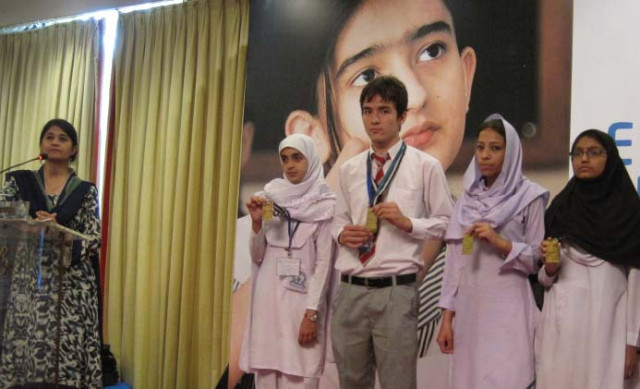
Ambreen Bibi and Mehwish Ghafoor of Islamabad came third in the environmental sciences category at the Intel International Science and Engineering Fair in Los Angeles.
They developed a treatment that utilises nanotechnology to make polluted water drinkable and were awarded $1,000 in cash prize, said a press release issued by Intel Pakistan on Saturday.
The competition, owned and administered by the Society for Science & the Public, a non-profit organisation dedicated to public engagement in scientific research and education, has been organised since 1950.
This year, more than 1,500 young entrepreneurs, innovators and scientists were selected to compete in the fair, which the largest pre-college scientific research event in the world. They were selected from 443 affiliate fairs in 65 countries, regions and territories, including France, Tunisia, United Arab Emirates and Macao SAR of the People’s Republic of China.
“We participate in the Intel International Science and Engineering Fair because we believe that math and science are imperative for innovation,” said Naveed Siraj, Country Manager, Intel Pakistan. “This global competition features youth trying to solve the world’s most pressing challenges through science.”
In addition to the winners mentioned above, more than 400 finalists received awards and prizes for their groundbreaking work. Awards included 17 “Best of Category” winners who received a $5,000 each. The Intel Foundation also awarded a $1,000 grant to each winner’s school and the Intel International Science and Engineering Fair-affiliated fair they represent.
The first prize went to Matthew Feddersen and Blake Marggraff from Layfayette California for developing a potentially more effective and less expensive cancer treatment that places tin metal near a tumour before radiation therapy. They received $75,000 and the Gordon E Moore Award, in honour of the Intel co-founder and retired chairperson and CEO.
Taylor Wilson from Reno, Nevada was awarded an Intel Foundation Young Scientist Award winner and received $50,000. Taylor developed one of the lowest dose and highest sensitivity interrogation systems for countering nuclear terrorism.
The team of Pornwasu Pongtheerawan, Arada Sungkanit and Tanpitcha Phongchaipaiboon from Thailand also received an Intel Foundation Young Scientist Award. This team determined that a gelatin found in fish scales could be successfully used in modern day food packaging -- an invention that could have positive, long-term effects for the environment.
“We congratulate the top winners for having the drive and curiosity to tackle these significant scientific questions,” said Elizabeth Marincola, president of Society for Science & the Public. “Their work, and the work of all of the finalists at the Intel International Science and Engineering Fair, demonstrates what students can accomplish when they are inspired to pursue inquiry-based research.”
The Intel International Science and Engineering Fair finalists are evaluated onsite by hundreds of judges from nearly every scientific discipline, each with a PhD or the equivalent of six years of related professional experience in one of the scientific disciplines. A full listing of finalists is available at www.societyforscience.org/intelisef2011
Published in The Express Tribune, May 15th, 2011.



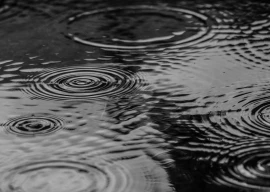
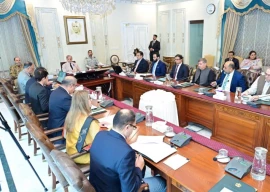



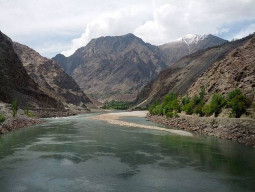
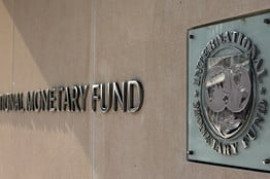
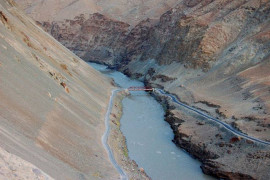








COMMENTS
Comments are moderated and generally will be posted if they are on-topic and not abusive.
For more information, please see our Comments FAQ